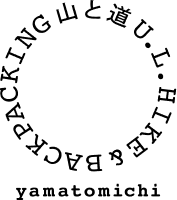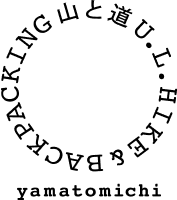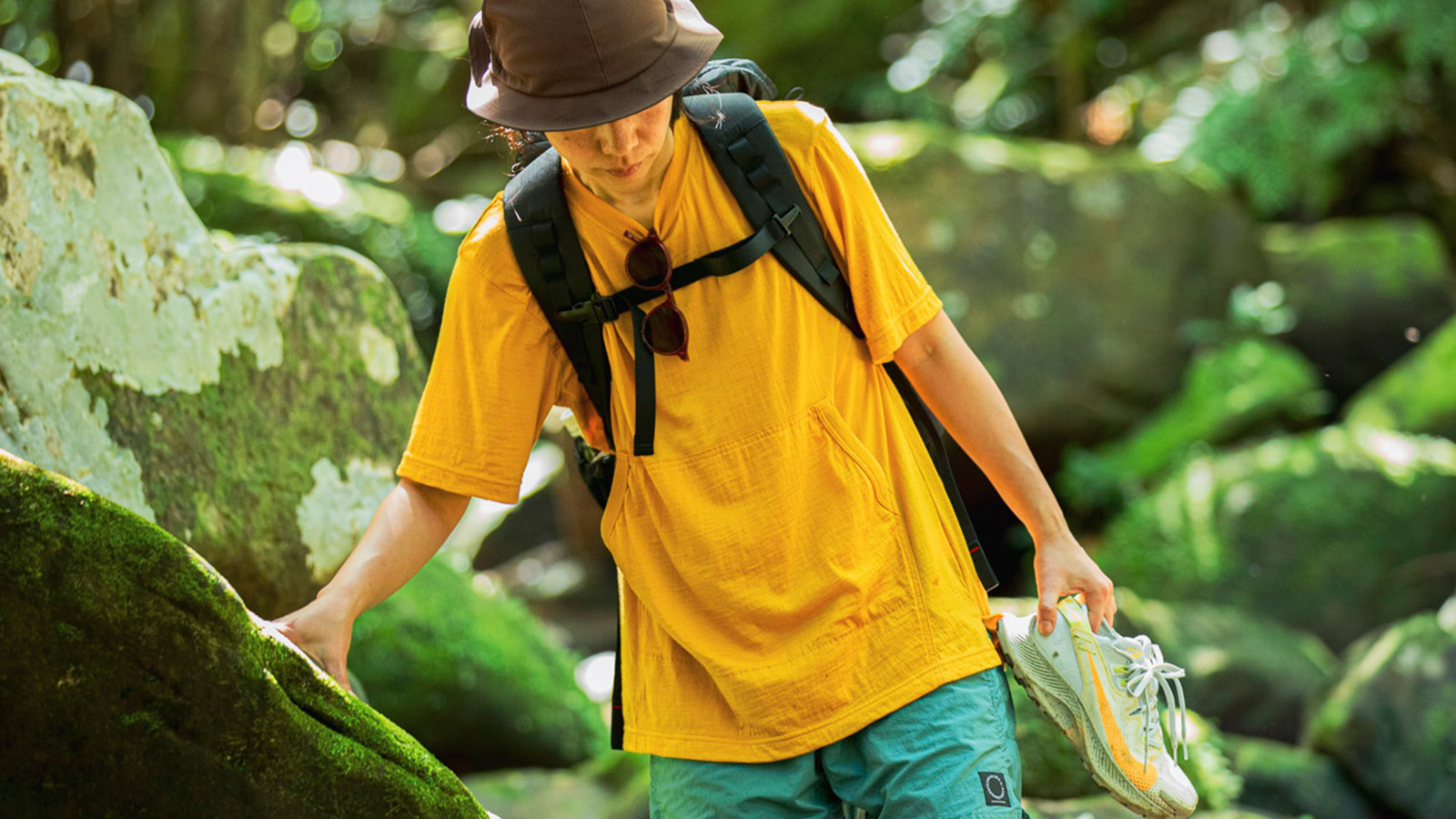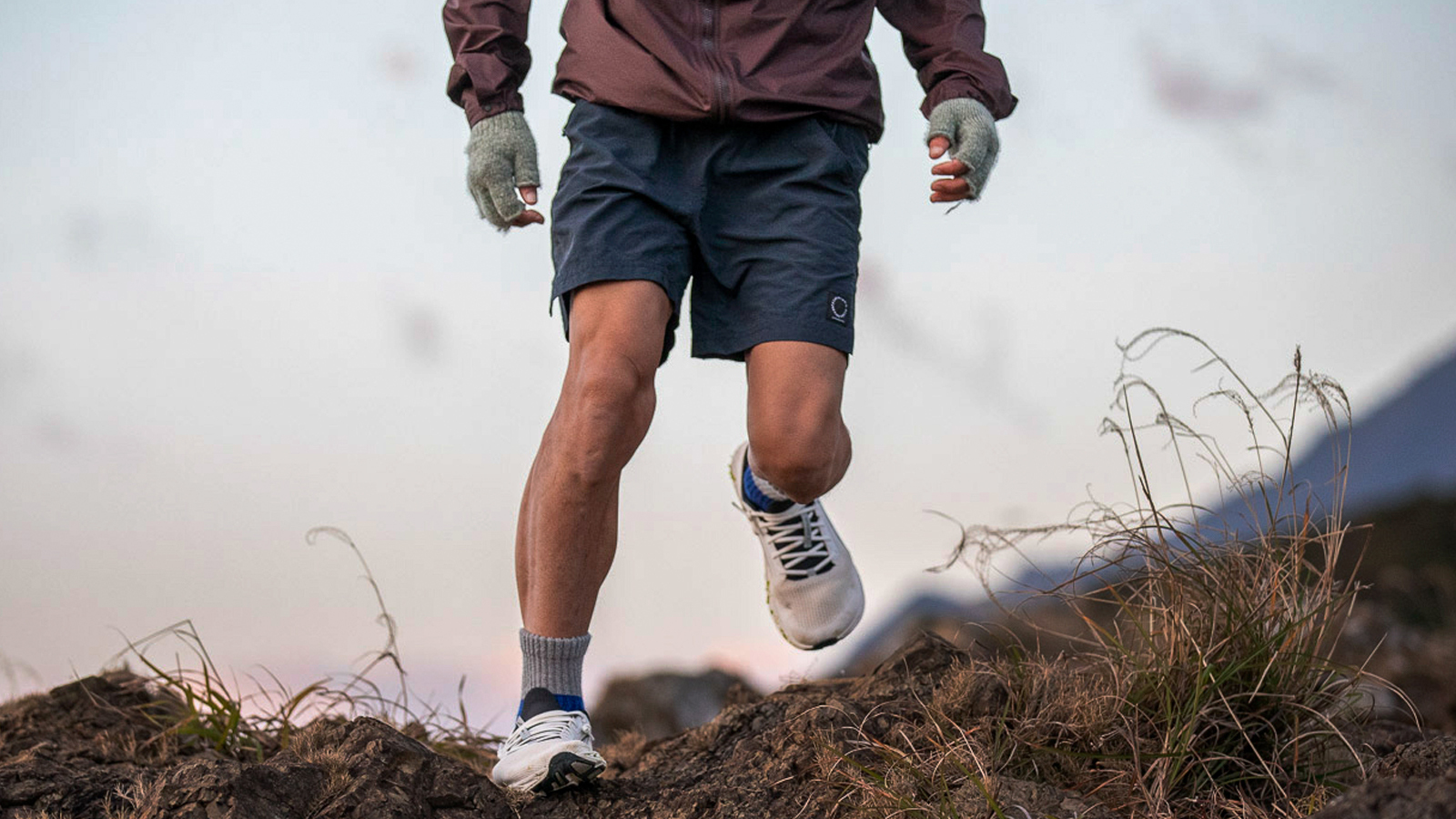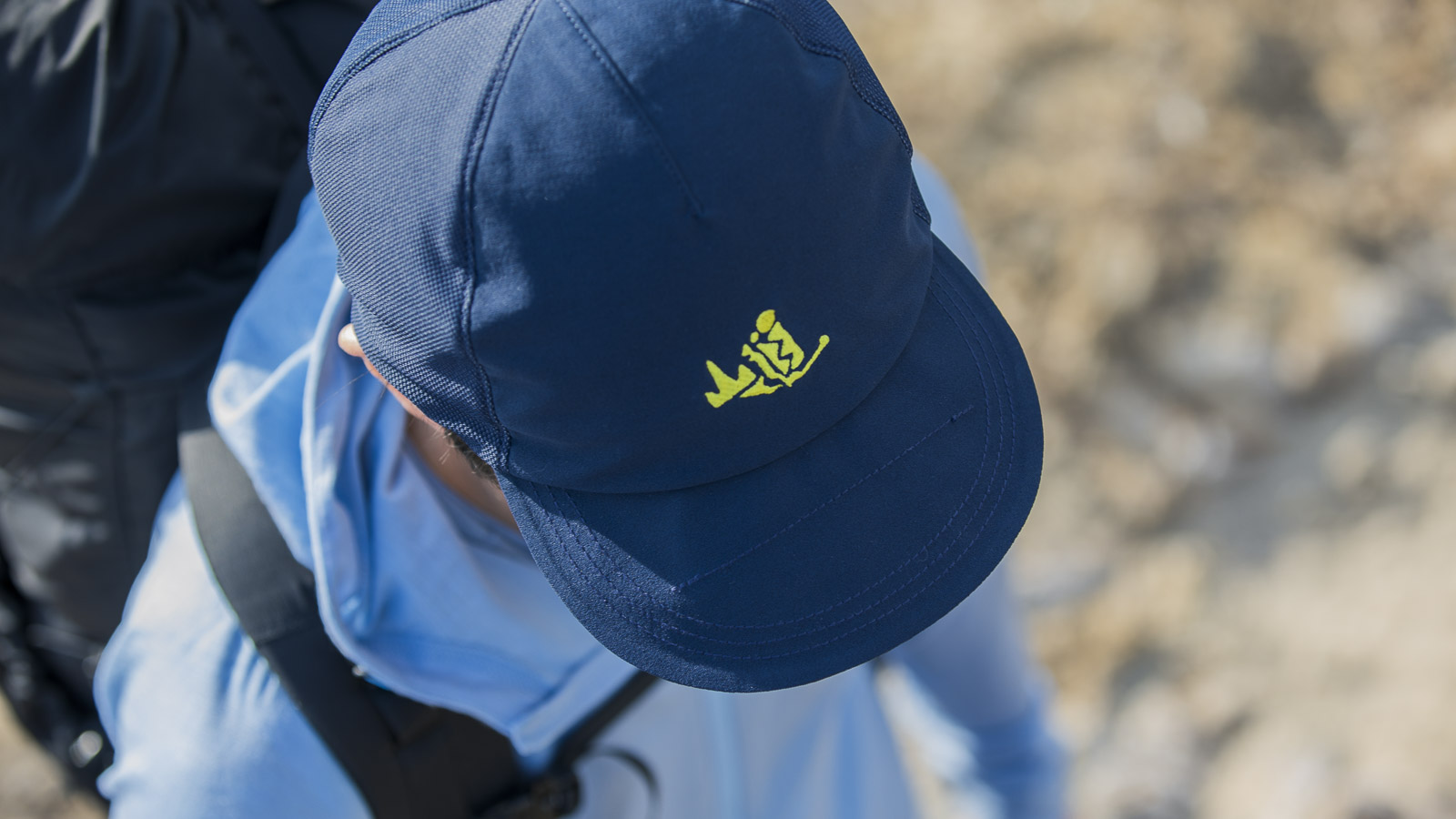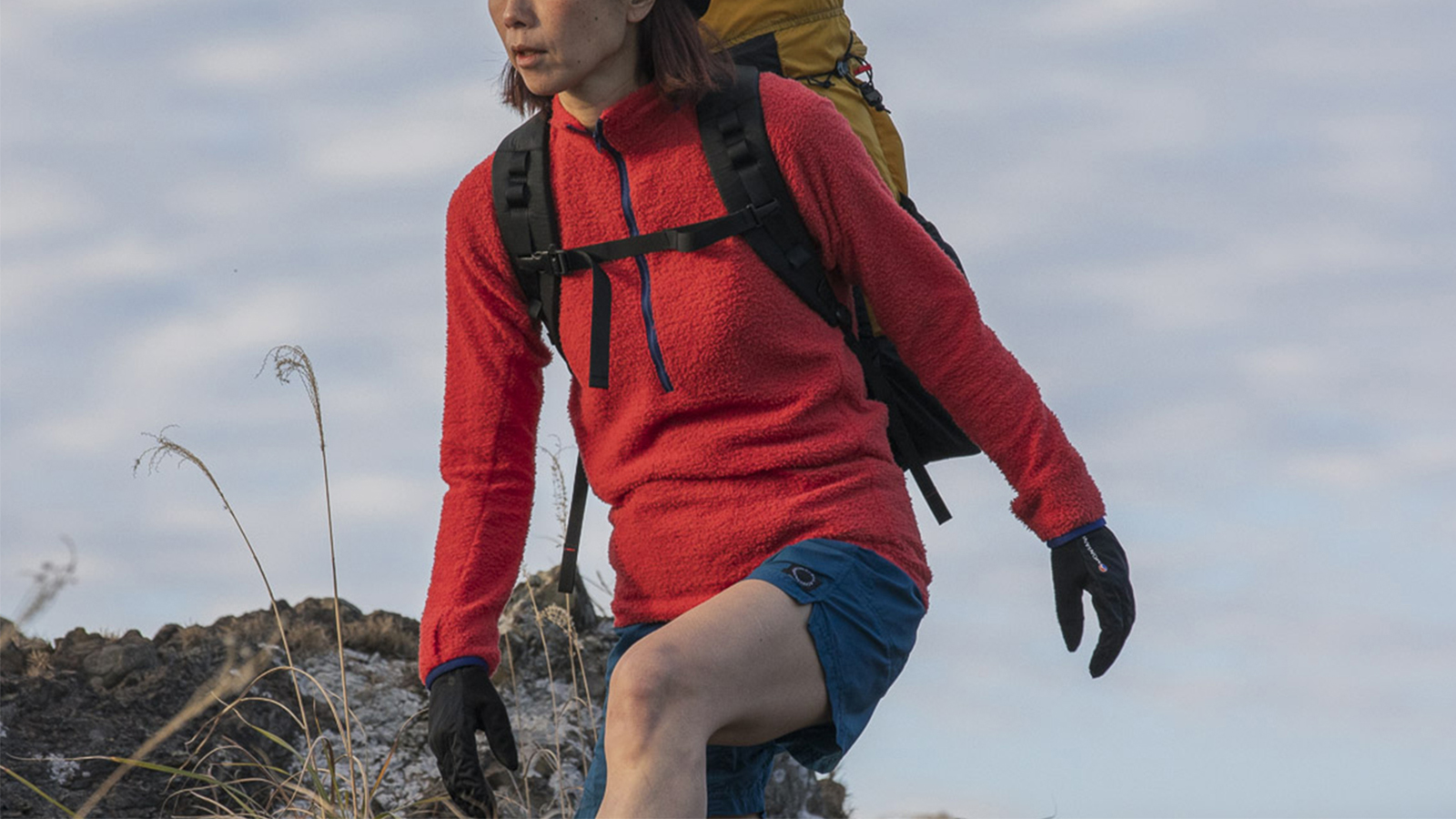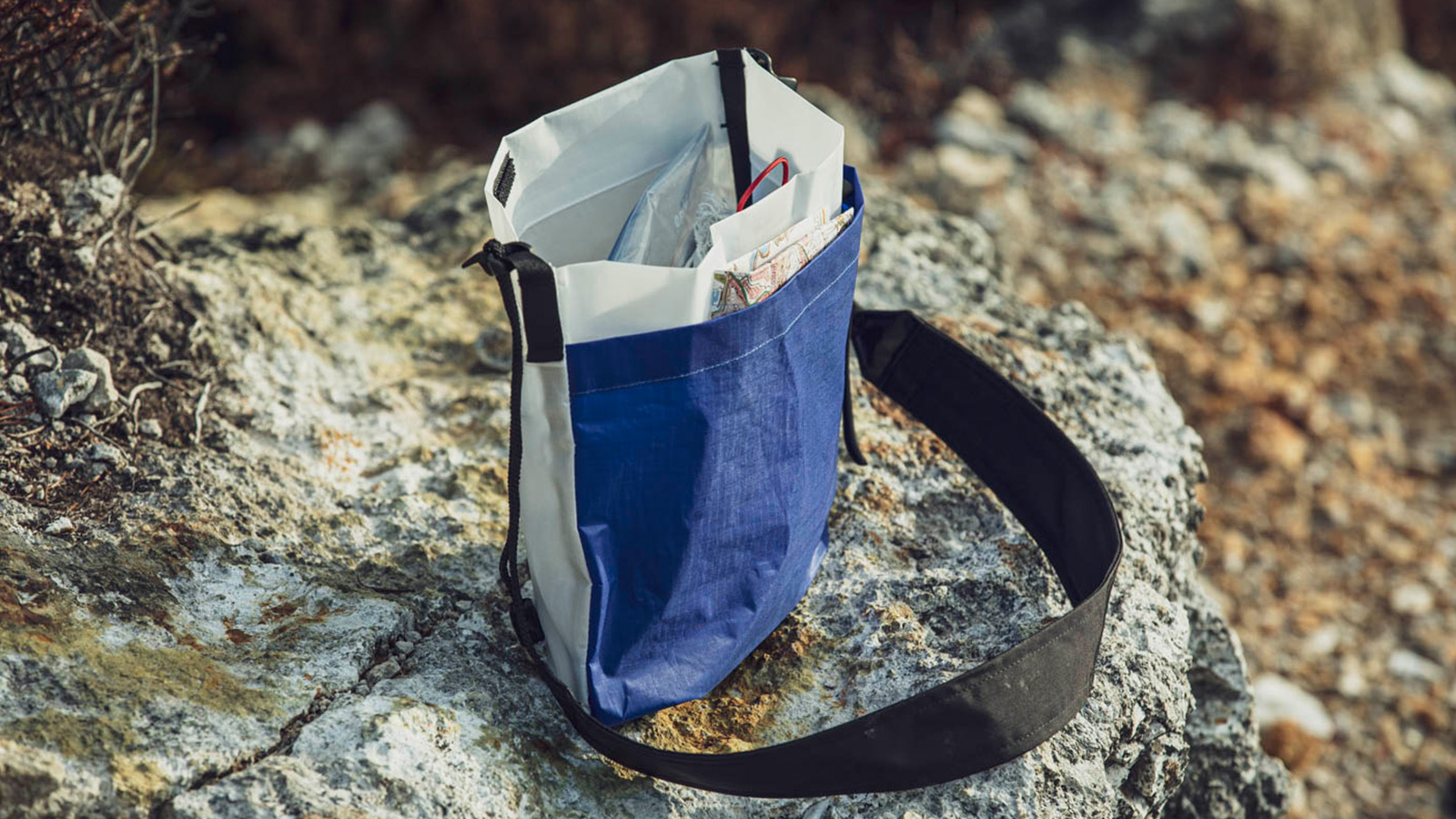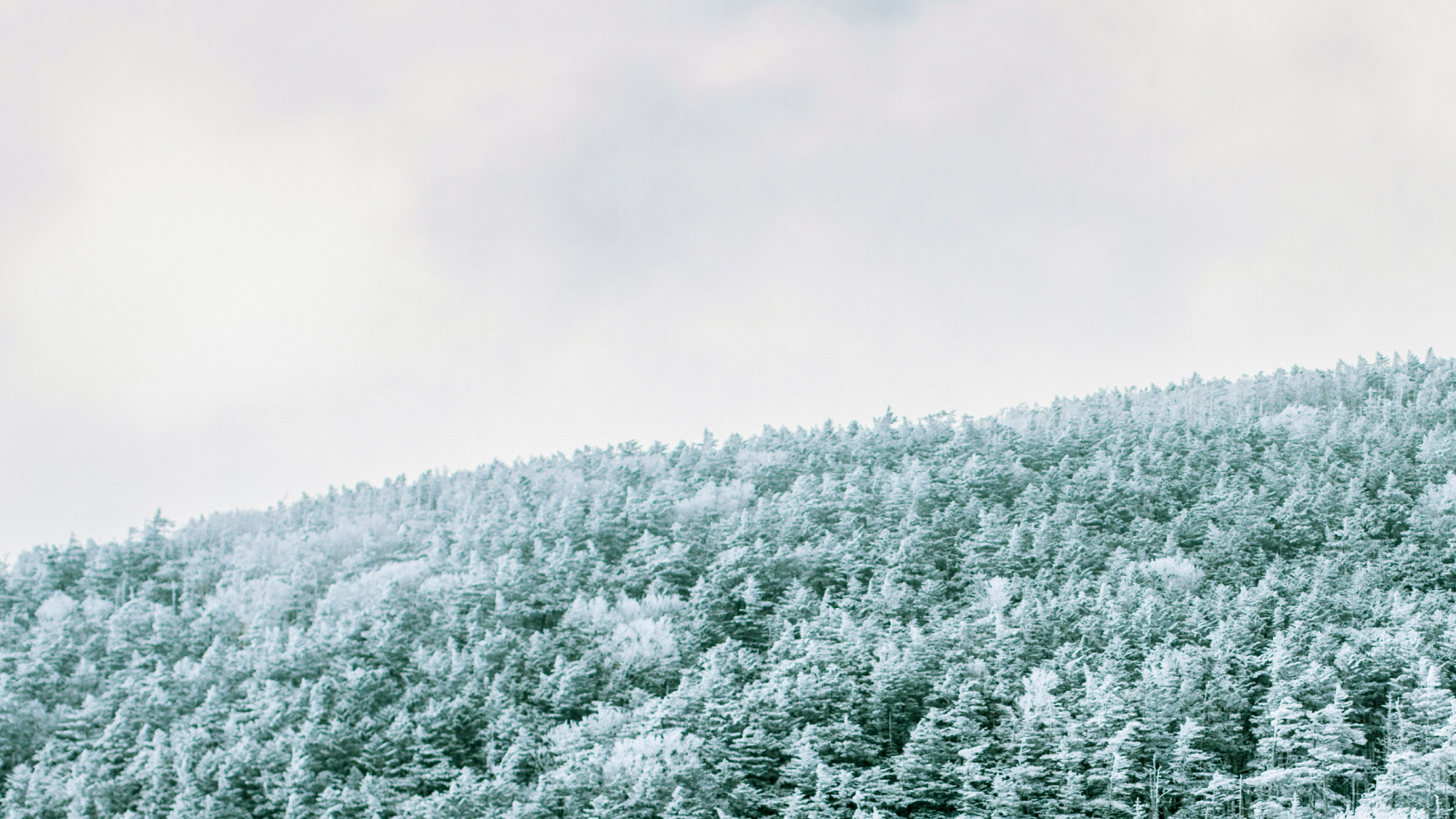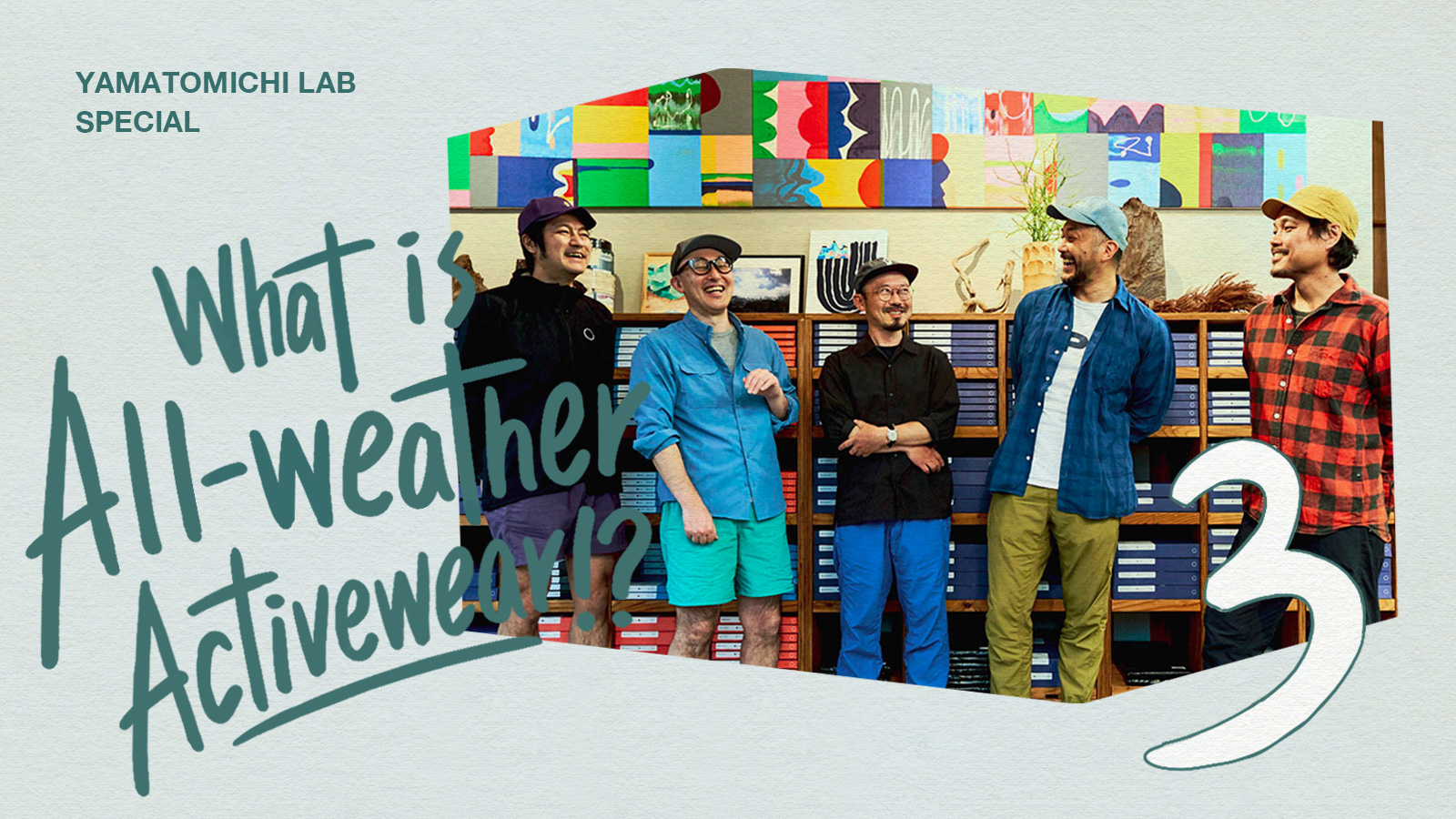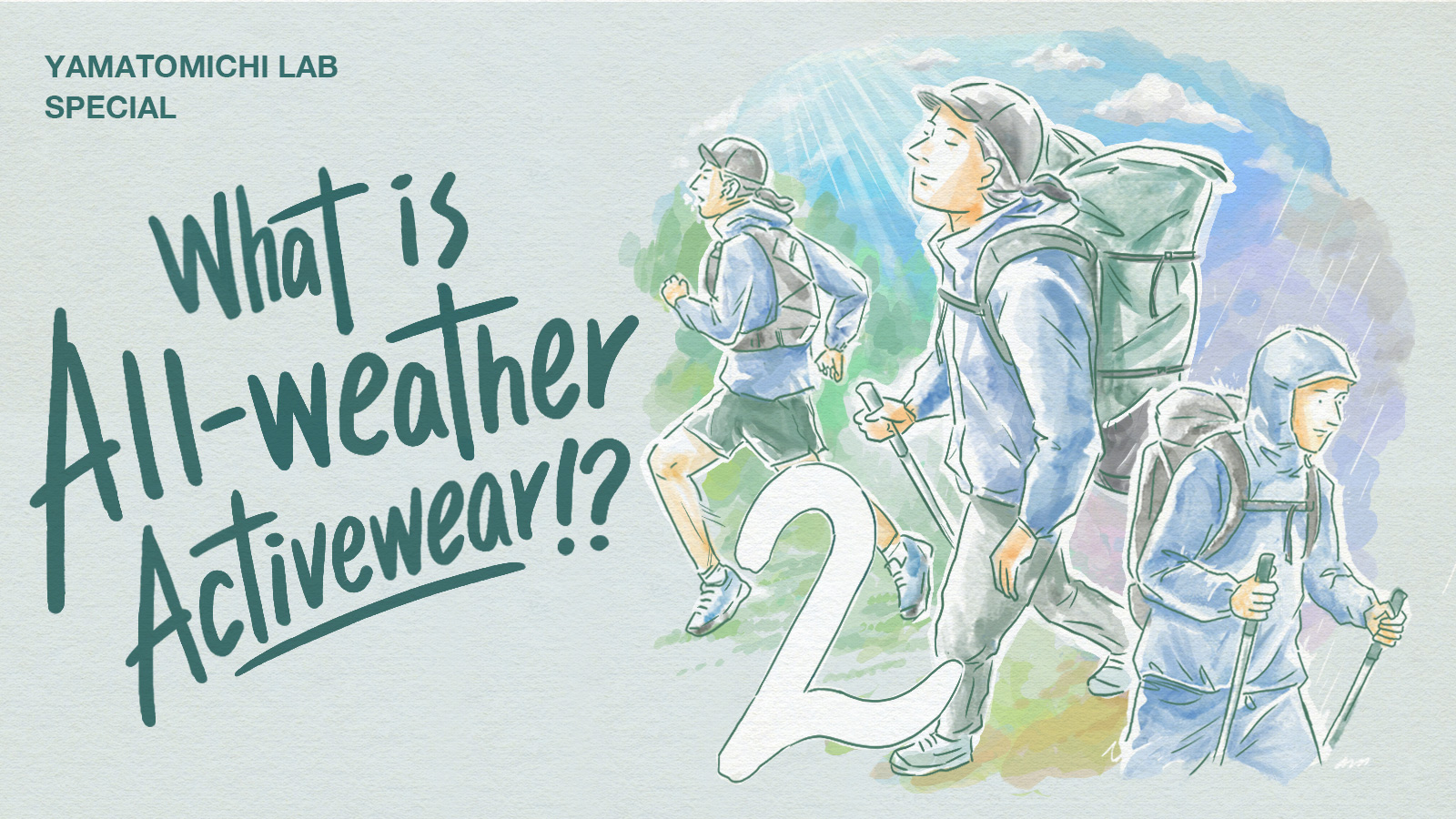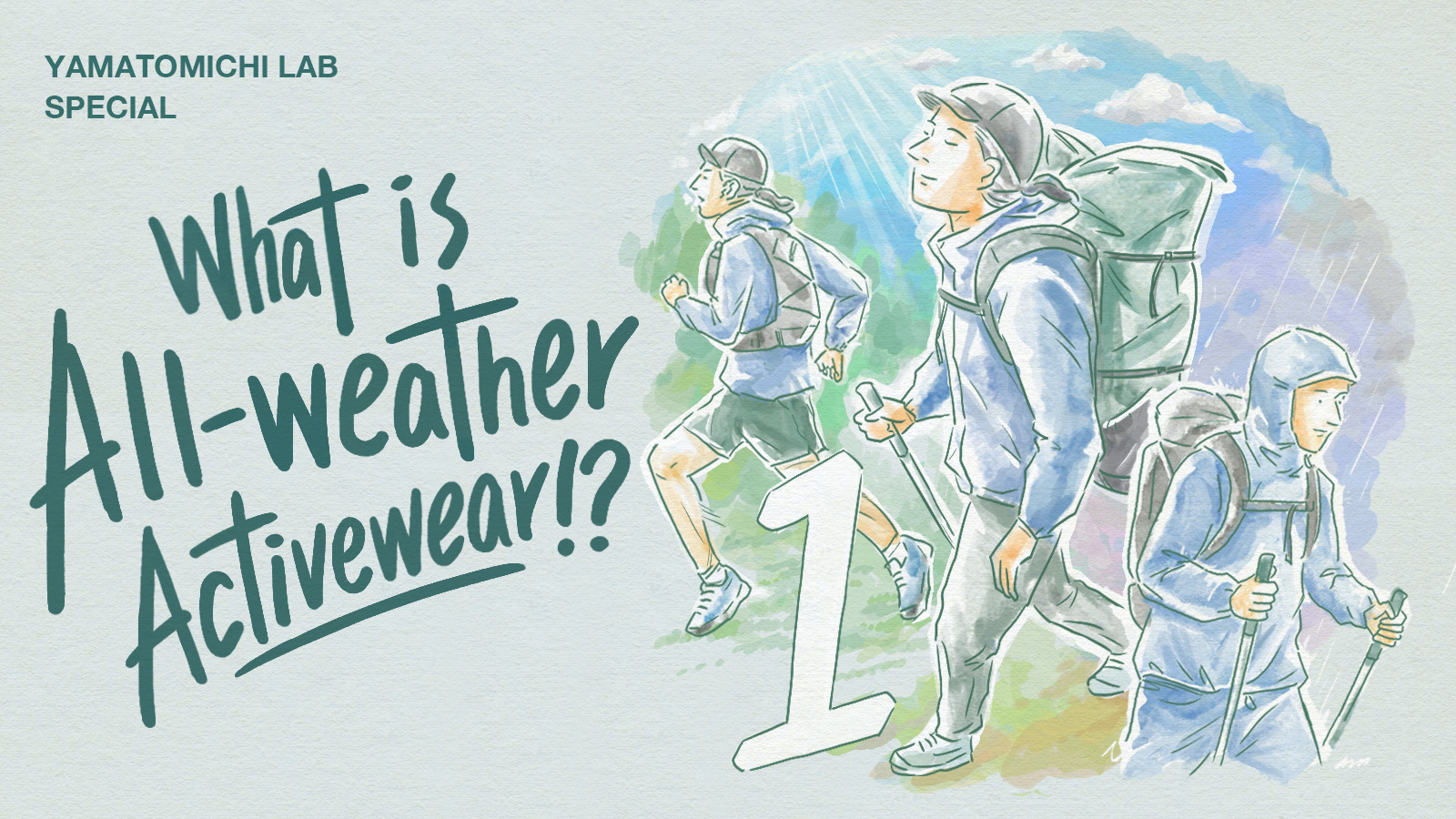All-weather Activewear #1
All-weather Activewear #1
- Pertex Shield Air’s Innovation:
Nanofiber Membrane - Three Waterproof Technologies
- Mechanisms of Moisture-permeability
- Different fabric, Different Performance
- NeoShell;
The Forerunner of Nanofiber - The Hurdle of Creating Lightweight Nanofiber
- Why is Shield Air so Light?
- Manufacturing Breakthrough
- Waterproof Windshell = All-weather Activewear
In Yamatomichi journals, we have highlighted and featured rainwear for ten times.
The content has been broad and diverse, looking at the whole rainwear market both from a macro and micro perspective putting various fabrics under the microscope as we looked at how rainwear works in terms of waterproofness, breathability, etc.
However, as we have been developing our new UL All-Weather series, using the nanofiber membrane “Pertex Shield Air”, we realized we had to update our past research and analysis.
In this first part of a three-part series on rainwear, we will review the technological improvements in the market of waterproof, breathable, and moisture-permeable nanofiber membranes. In the second part, we will highlight the characteristics of each fabric through our in-house gear test. And finally, in the last part, we invite Mr. Tomoya Tsuchiya of Hikers Depot and Mr. Kei Kuwahara of “Run boys! Run girls!” to discuss the current situation of rainwear.
A whole new generation of Rainwear. Ultralight yet super breathable. Read all about it here!
Pertex Shield Air’s Innovation:
Nanofiber Membrane
Three Waterproof Technologies
A nanofiber membrane is a air/moisture-permeable waterproof material that has a non-woven, mesh-like structure made from multiple layers of nano-level ultra-fine fibers (nanofibers). The manufacturing process of this type of membrane is called “electrospinning.”
In our past journals, we have largely classified waterproof and breathable fabrics into two categories: “hydrophilic non-porous membrane” and “hydrophobic porous membrane”. Nanofiber membranes, however, do not belong to either of these categories in terms of the manufacturing method and can be described as a third technology.
Before the in-depth discussion of nanofiber membrane, let me summarize all three waterproof/breathable technologies.
1. Hydrophilic Non-porous Membrane
The hydrophilic non-porous membrane is a *polyurethane-based material that attracts water (moisture).
The membrane has no holes (pores), but it absorbs the moisture within the clothes like a towel, and then releases it to the outside.
*Some membranes are polyester-based.
The membrane has no pores, allowing the material to be thin and light, but the lack of pores can make the hikers feel stuffy as its moisture-permeability is indirect; it first absorbs the moisture and then releases it.
Examples of hydrophilic non-porous fabrics include Pertex Shield and the North Face Hyvent.
2. Hydrophobic Porous Membrane
A hydrophobic porous membrane is made of water repellent Teflon (ePTFE) or polyurethane. The membrane has very small holes (pores), through which the moisture is vaporized. Because of the countless pores, a certain thickness is required to retain the strength. This can cause some weight gain, but porous membranes often make hikers feel drier compared to non-porous ones.
When the pores are blocked by skin sebum, the waterproofness and moisture-permeability are compromised, so the surface is often processed by stain-proof coating.
Examples include Teflon-based eVent and polyurethane-based Pertex Shield Pro. The famous Gore-Tex uses a hydrophobic Teflon membrane processed by hydrophilic stain-proof coating. The structure of the material is hydrophobic and porous, but its water-permeability mechanism is close to that of a hydrophilic non-porous one.
3. Nanofiber Membrane
Nanofiber membranes are net-like structures made of extremely fine polyurethane (PU) fibers that are water repellent (hydrophobic). They are similar to hydrophobic porous membranes in that they have many small holes, but the manufacturing process is very different.
The “pores” in hydrophobic porous membranes are like holes in a block of Swiss cheese. Each hole is often fragmented and isolated, allowing the moisture to permeate but the air can not pass through smoothly, resulting in the poor breathability of the membrane. On the other hand, nanofiber membranes have a sponge-like structure with countless gaps, allowing the moisture and especially, air to pass through. This breathability and moisture-permeability create exceptional comfort for the wearer.
Examples of nanofiber membranes include the North Face Futurelight, Polartec Neo Shell, and Pertex Shield Air, etc.
Mechanisms of Moisture-permeability
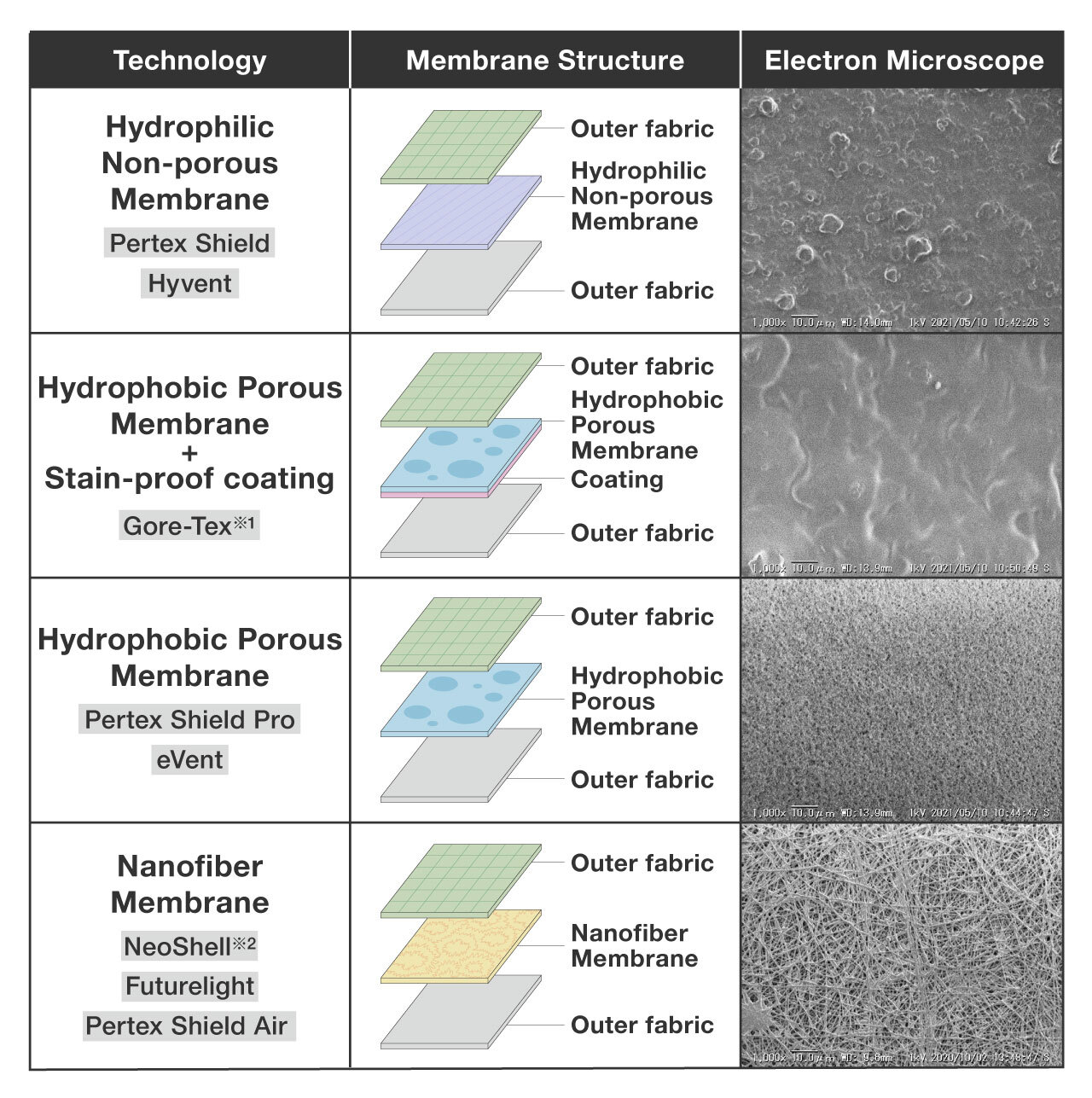
*Gore-tex has many variations, presumably including the non-coated version for better moisture-permeability.
**Polartec NeoShell’s mechanism is not disclosed by the manufacturer. We concluded that it is a nanofiber membrane based on its ventilating performance and the electron micrographs.
Different fabric, Different Performance
We once wrote “a hydrophilic non-porous membrane absorbs moisture like a towel, whereas a hydrophobic porous membrane works like a flexible mesh”, but as we have deepened our understanding towards nanofiber technology, we recognize that “a flexible mesh” was not the best metaphor. The porous membrane’s pores are not large enough for the air to pass through smoothly, consequently, its breathability is significantly inferior to that of nanofibers.
*cf. Yamatomichi Rainwear Journal No.6 (English not available)
Our in-house test showed that hydrophobic porous membranes can be categorized into two types: those with slight air permeability (*eVent and Gore-tex Shakedry) and those with no air permeability at all (Pertex Shield Pro). The reason for this was unknown, but now we can hypothetically conclude that the difference is caused by the characteristics of the fabrics.
*Results by KES method, in which high voltage is applied. In the Frazier method, a general breathability test, the air permeability of both eVent and Shakedry was not detectable.
Hydrophobic porous membranes are manufactured by stretching the polyurethane material to make a thin film. Polyurethane-based membranes, such as Pertex Shield Pro, are so elastic that the pores are stretched but not widened. On the other hand, the Teflon-based membranes with inferior elasticity such as eVent and Shakedry split here and there when stretched, and it looks like a nanofiber membrane under a microscope. Consequently, it is considered that the Teflon-based porous membranes have more clearances for the air to pass through, achieving moderate breathability.
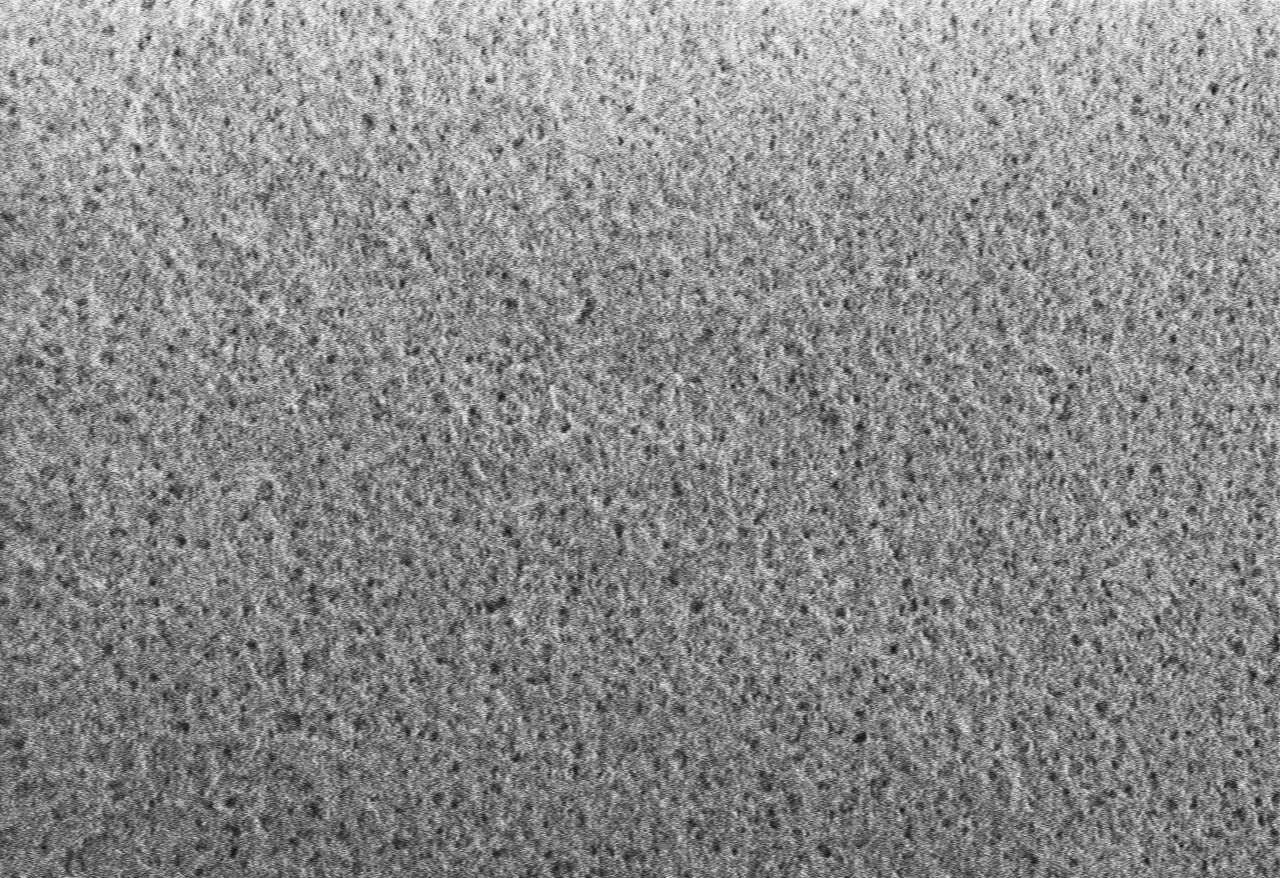
1000x electron microscope image of a polyurethane-based porous membrane (Pertex Shield Pro). The pores are stretched but not enlarged.
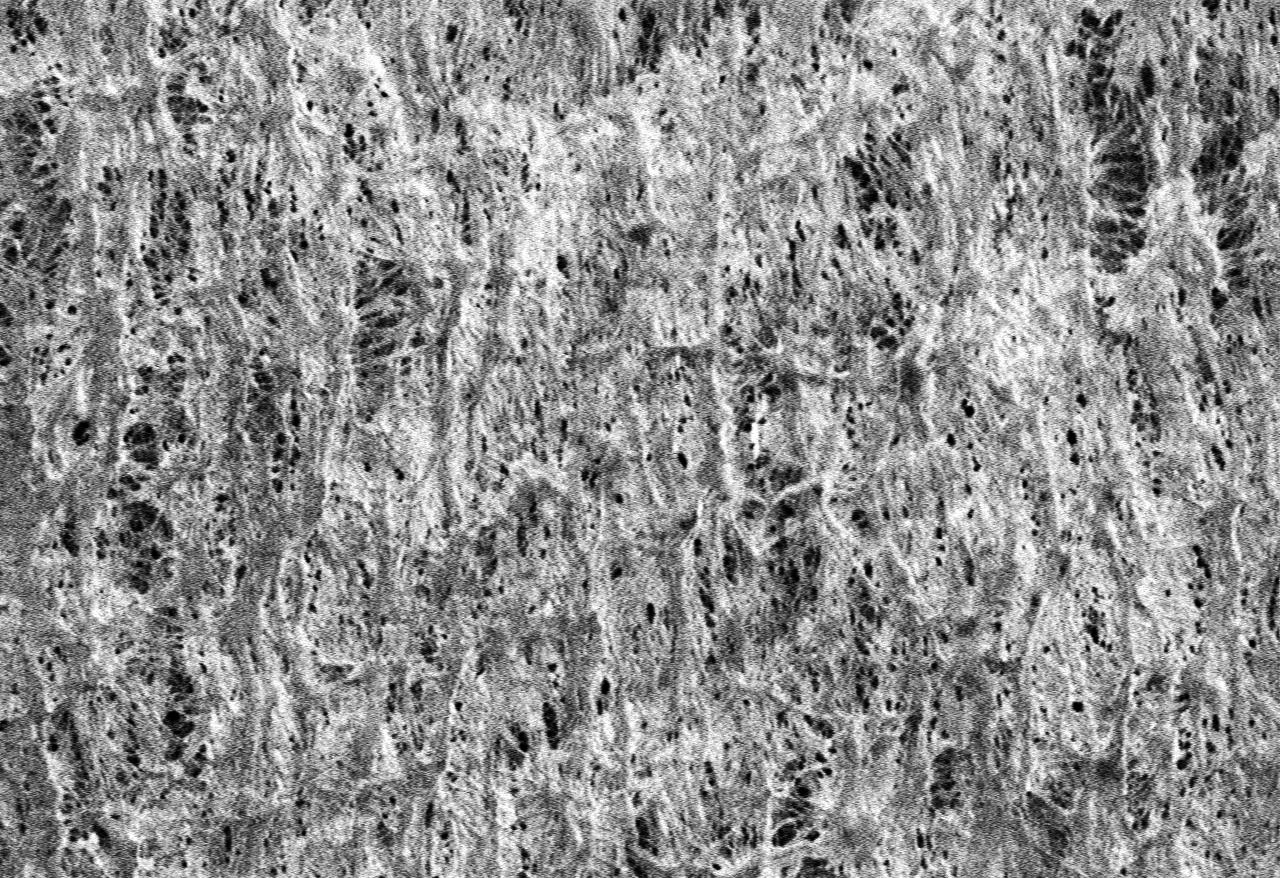
1000x electron microscope image of a Teflon-based porous membrane (Gore-tex Shakedry). The pores are torn, split, and widened.
Measurement Results
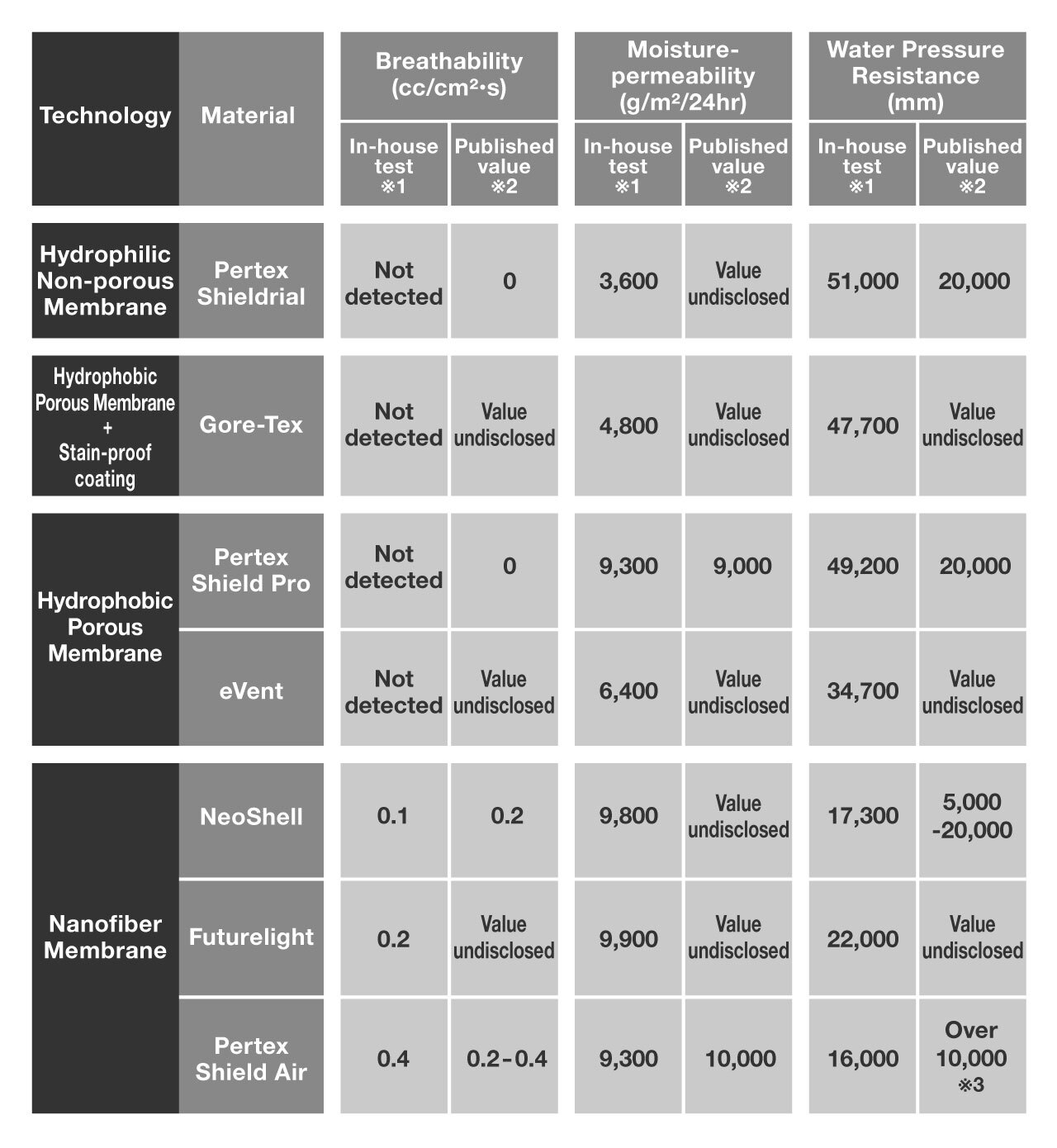
*Results of the in-house tests at an inspection agency. Breathability is measured by the “JIS L 1096 Frazier method”, moisture-permeability by the “JIS L 1099A-1 method”, and water pressure resistance by the “JIS L 1092 B method (Kpa converted to mm)”. Values of moisture permeability and water pressure resistance are rounded off. The sample materials may vary in quality and type. The results may differ depending on which part of the fabric was tested, so the values are for reference only.
**Catalog specs are based on the disclosed value by manufacturers. Please note that Gore-tex, Pertex, eVent, and NeoShell have many versions. Each version has different specs.
***Value after 5 times of washing.
NeoShell;
The Forerunner of Nanofiber
Highly breathable nanofiber membranes are particularly suitable for intensive activities, such as trail running and fastpacking, where constant perspiration is expected.
However, many of the rainwear products intended for trail running and fastpacking focused only on keeping the weight low without too much concern regarding breathability. As a result, the term “breathability” may have mistakenly been considered interchangeable with “moisture-permeability”.
The forerunner of nanofiber, NeoShell, was announced 10 years ago in 2011. In 2019, The North Face announced a nanofiber fabric called Futurelight, which was advertised for its “breathability,” and suitability for high-intensity activities. Considering this, NeoShell is a very pioneering technology. With the release of Futurelight, NeoShell has once again come into the spotlight and perhaps the market is now more focused on “breathability.”
The Hurdle of Creating Lightweight Nanofiber
Although nanofiber membranes are suitable for high-impact activities, neither the current Neoshell nor the Futurelight are very lightweight fabrics. The weight of the jackets is in the mid 200g to 300g range, which is still heavy in today’s standards when products in the low 100g range exist.
Rainwear made with nanofiber membranes certainly has good breathability. However, their weight may interfere with mobility and they are often bulky. As a result, the final product is usually a relatively thick and heavy weatherproof jacket that is not very suitable for running. The thicker fabric also gives the impression that it is more likely to retain heat, which is not the impression you want with activities that require cooling down.
Also, the low water resistance is worth mentioning. The water pressure resistance of the NeoShell was said to be around 10000mm*, which is considered to be sufficient for most situations, but it is still relatively low compared to other technologies. We can only imagine the technical hurdle of making a fabric with a lot of porosity, to be thin and light without compromising its strength and being highly water-resistant.
*As shown in the above table, there are fabrics with higher water pressure resistance.
Why is Shield Air so Light?
Pertex Shield Air is Pertex’s third waterproof and breathable nanofiber fabric, following Shield and Shield Pro.
The weight of the fabric is 50g/m2 to 60g/m2 (equivalent to the low to mid 100g range for a jacket), which is much lighter than conventional nanofiber fabrics. Pertex Shield Air is a ground-breaking fabric with good air permeability, high water resistance, and lightness that does not impair mobility.
When I asked the manufacturer why Shield Air was able to reduce the weight so much, the main reason was the combination with the ultra-light outer fabric, which is Pertex’s forte.
Nanofiber membranes have many pores, and although the membrane is usually thick, it is structured to be light (commonly about 0.02mm thick, but light as hydrophilic non-porous membranes that are about 0.007mm-0.01mm). However, combining the membrane with a lightweight outer fabric without sacrificing breathability and strength, which are what make nanofibers so special, requires a great deal of expertise. Pertex has been devoted to making ultra-lightweight materials for many years. Which is one of the reasons for their breakthrough in combining the two materials.
Manufacturing Breakthrough
As a nanofiber, Pertex Sealed Air succeeded in significantly reducing weight, but more so, Pertex succeeded in keeping the quality of the membrane consistent.
Due to the manufacturing method and structure of nanofibers, variations in thickness and density are likely to occur, and thinner parts of the nanofibers have lower water pressure resistance. For this reason, companies either estimated the water pressure resistance at a conservative low level or did not disclose the value. In order to solve this problem, With Shield Air, Pertex focused on the consistency of the membrane, and succeeded in bringing the water pressure resistance to a guaranteed level while simultaneously balancing moisture permeability and breathability.
Previously, where lightweight nanofibers were non-existent, Shield Air is one of the first to successfully do so, and is also expected to bring great benefits in the harsh environments of fastpacking and running.
Conceptual Diagram: Technology and Activity Suitability
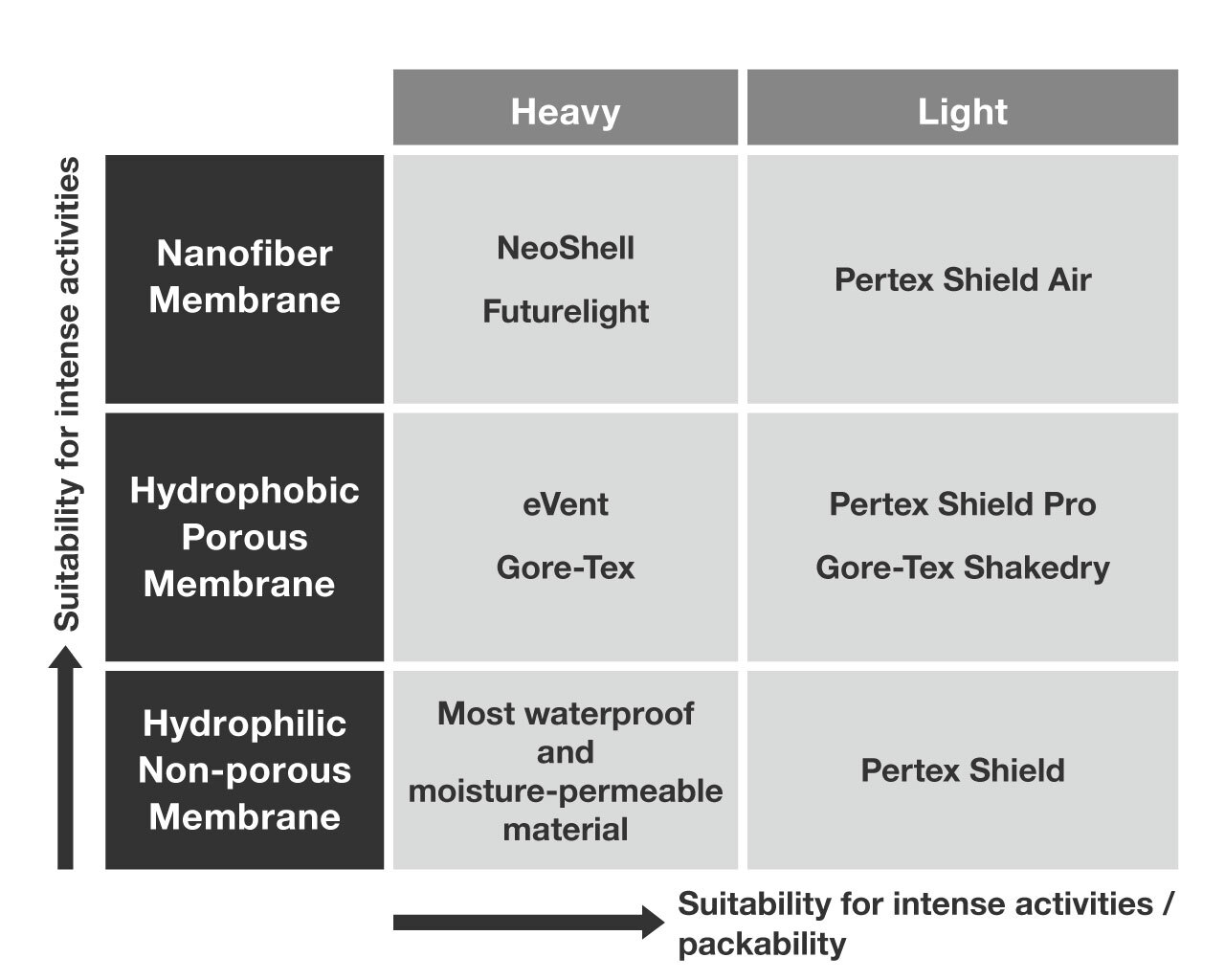
Waterproof Windshell = All-weather Activewear
The following is a previous graph from “Rainwear #2” (English not available.) The graph maps out major fabrics in the market, arranged by situation/environment (vertical axis) and amount of exertion (horizontal axis), modified based on the latest product trends and subsequent studies.
Before the Release of Shield Air
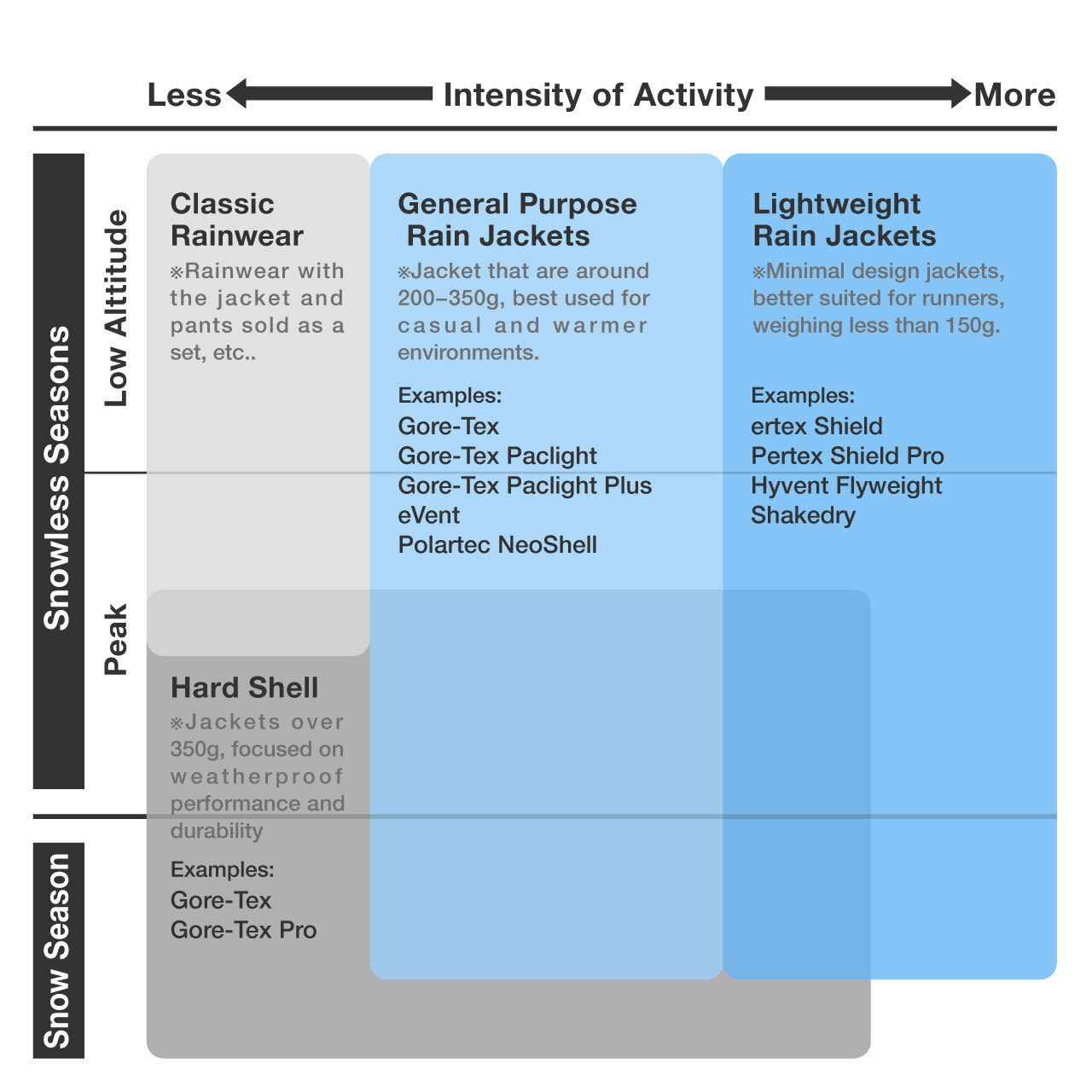
In the graph we once envisioned, we categorized the ultra-lightweight jackets weighing less than 150 grams, as “waterproof windshells.”
In retrospect, this classification was mainly based on weight, and the listed products did not incorporate breathability and lightness, both characteristics windshells carry. Breathable fabrics such as Polartec NeoShell and Futurelight are most applicable, but never before have we seen such a simply designed product.
However, with the lightweight Pertex Shield Air joining the scene, we had no choice but to revise this graph. Until now, there wasn’t a product that could be categorized as a “waterproof windshell,” because they weren’t quite as breathable as windshells tend to be.
The Pertex Shield Air has made it possible to create an ultra-lightweight product that can be worn at all times, even during extremely strenuous activities, with the dexterity of a windshell and the weather resistance of rainwear. In other words, a literal “waterproof windshell” has finally been realized. This type of rain wear can be described as “All-weather Garments.”
Our UL All-weather series, using Pertex Sealed Air, scheduled to be released in June 2021, is named after this “all-weather” concept.
After the Release of Shield Air
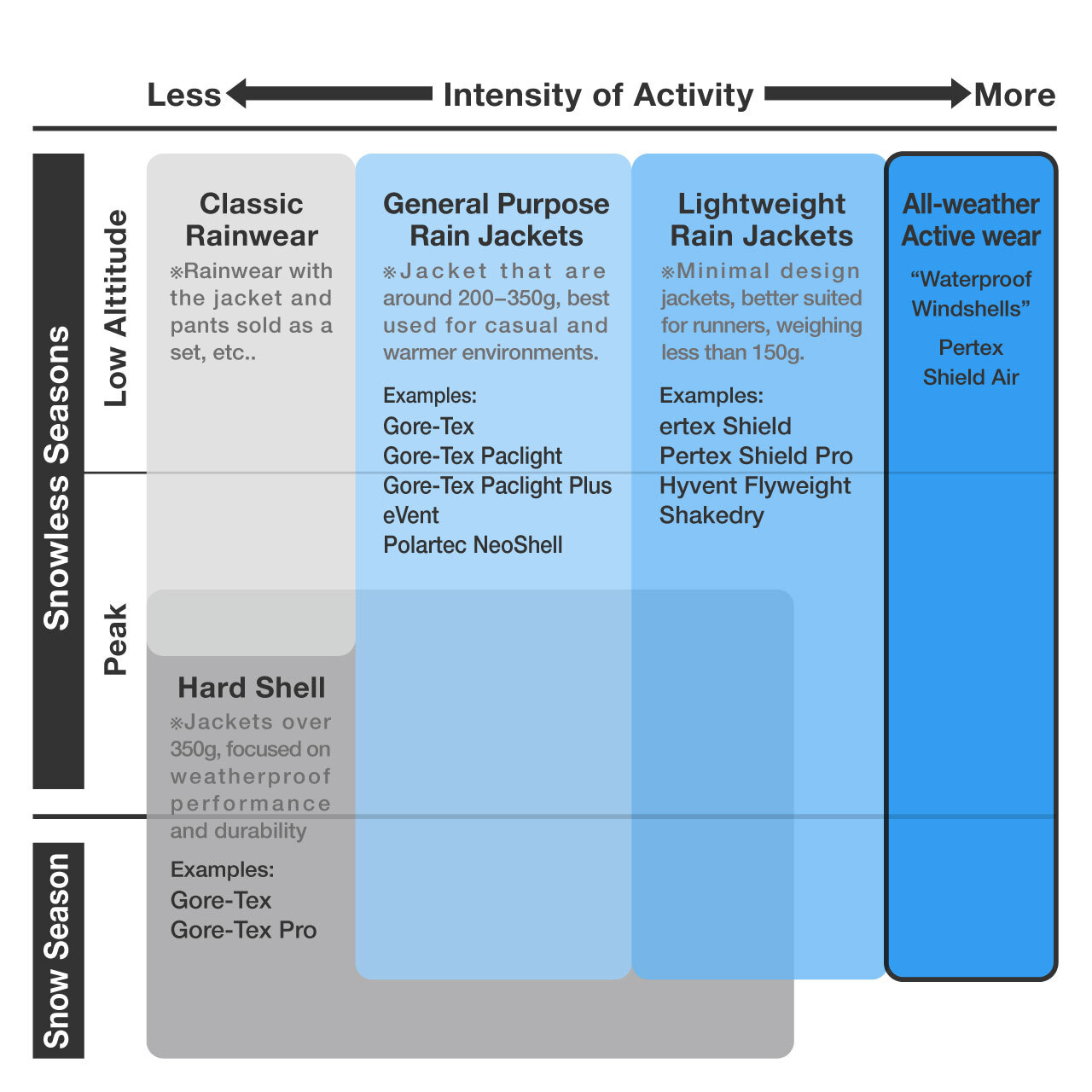
In the next article, #2, we will report on a simulated field pilot test with the Pertex Shield, Shield Pro, and Shield Air, which are made of three major waterproof/breathable technologies: hydrophilic non-porous, hydrophobic porous, and nanofiber, in a room under the same conditions.
To be continued in #2: Comparative Testing.
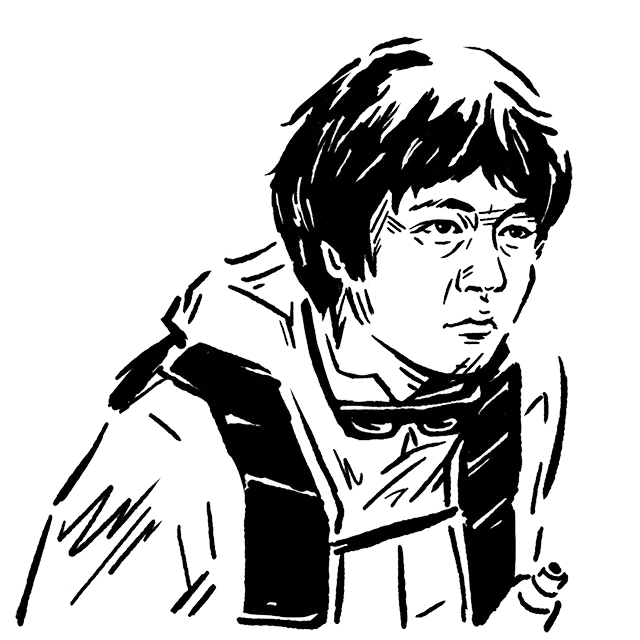
Researcher
In charge of research, including materials and the general outdoor market. After working for various design companies, Takahiro participated in the establishment of a marketing company. Currently involved in various research and data analysis. Also works on travel-related tasks such as operating a travel information site (tabinote.jp) and writing guide articles. His favorite style of hiking is walking for 2 days straight with no sleep. Occasionally participates in trail running races.
